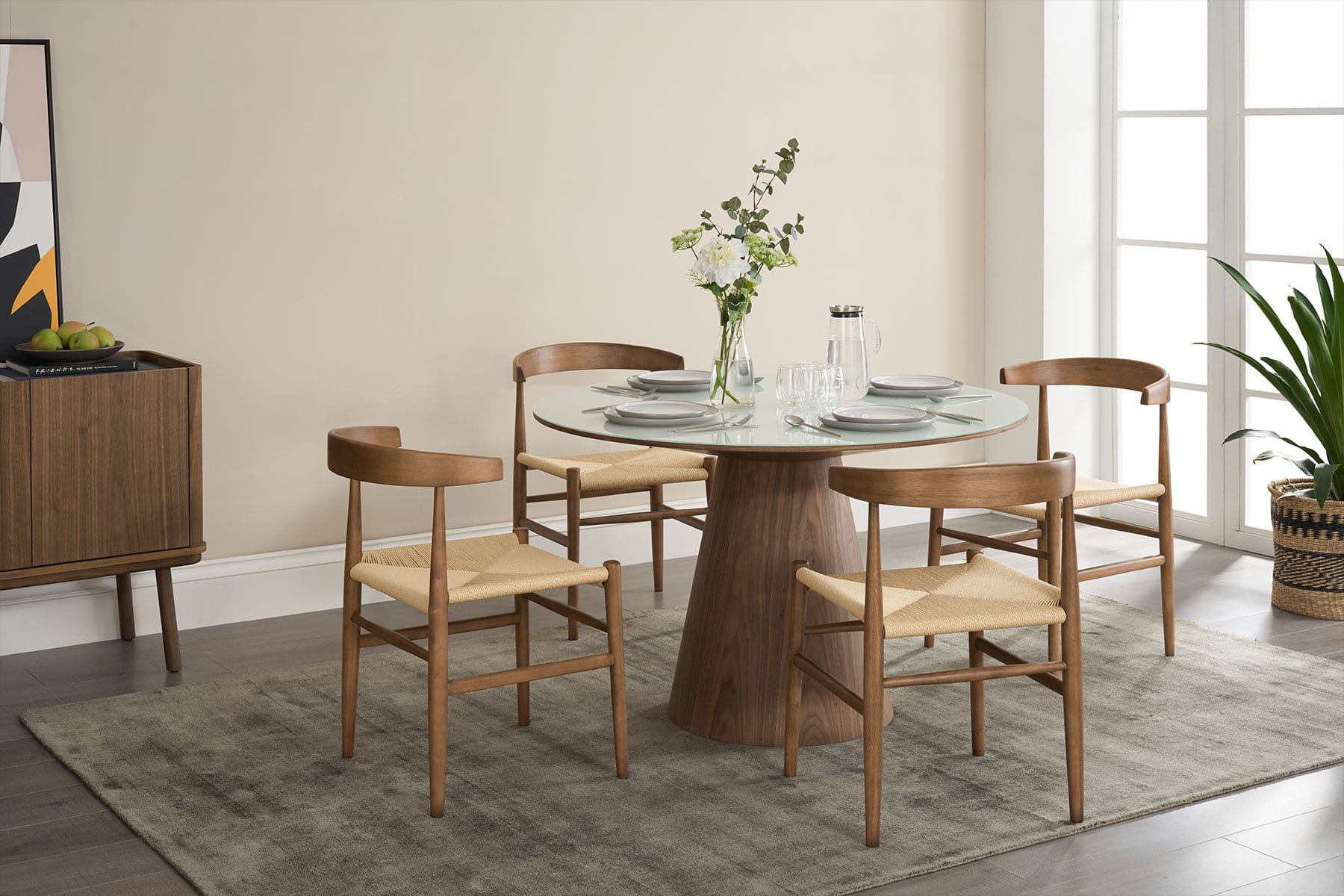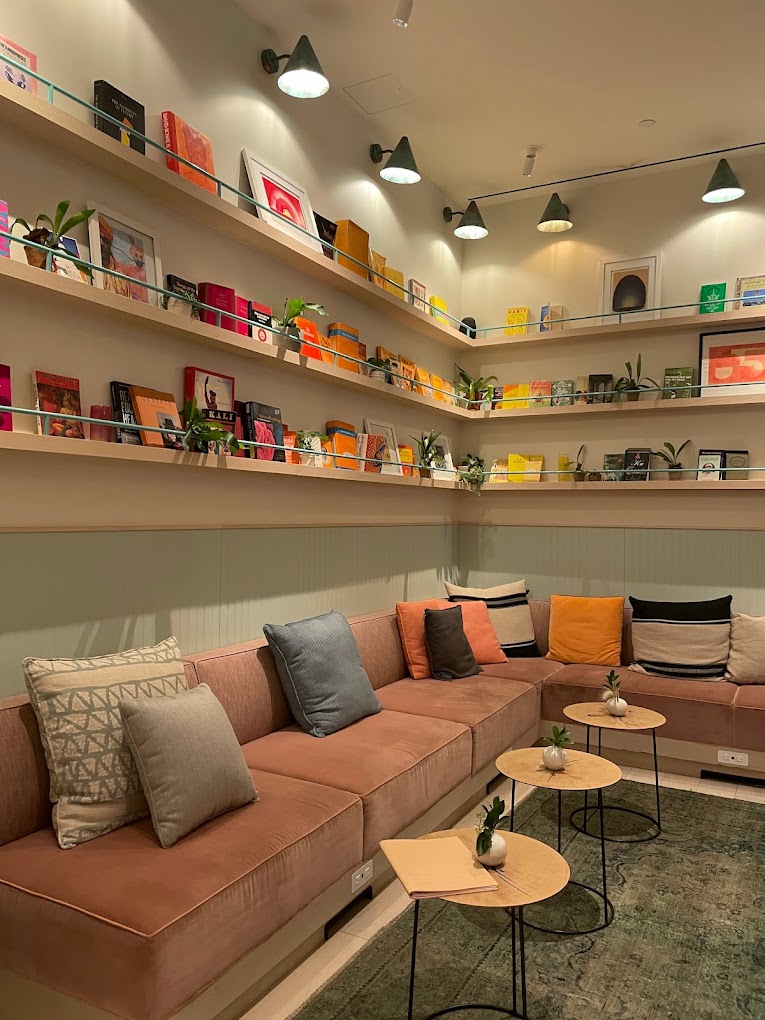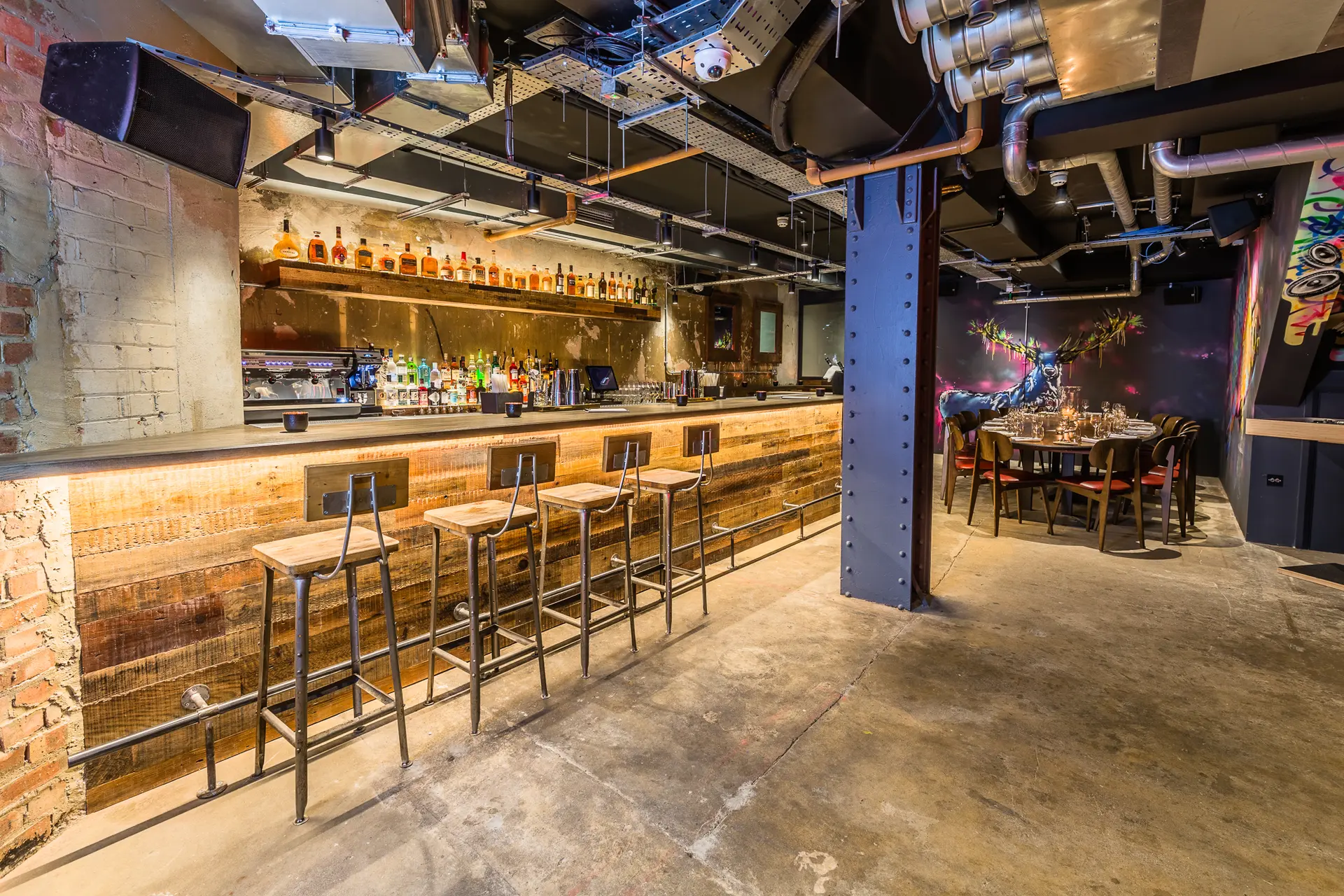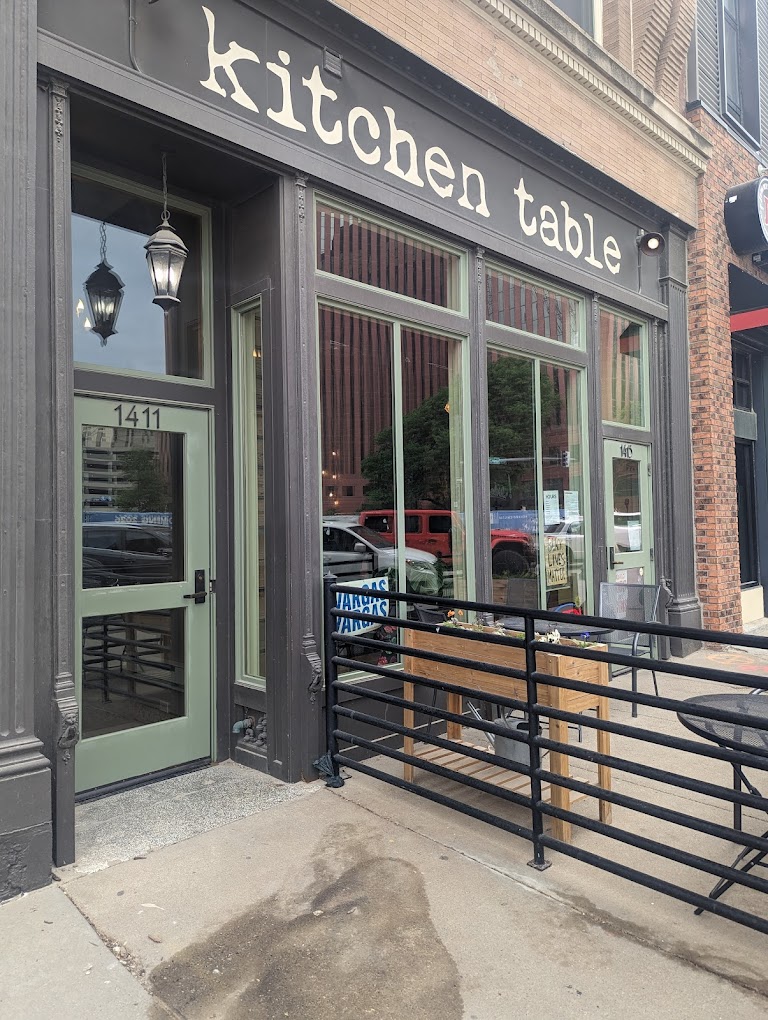A round dining table brings delightful warmth and intimacy to shared meals. The circular shape promotes engaging conversation and connection when gathered for dining. If you’re considering incorporating a versatile round table, follow these tips on how to thoughtfully design this dynamic furniture centerpiece.
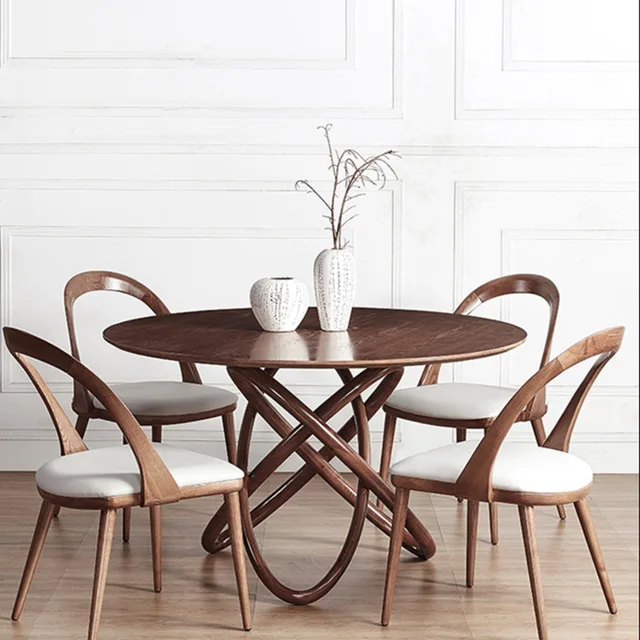
Mind the Overall Diameter
One of the first important decisions is choosing the size based on your room dimensions and seating requirements. More petite 4-5 foot diameter tables are well-suited for cozy breakfast nooks or compact dining spaces with limited room.
Standard dining rounds meant to accommodate 4-6 people comfortably are typically 5-6 feet wide. This leaves ample surface area and elbow room per diner. For hosting large gatherings or holiday meals, look for spacious 7-8 foot rounds that can seat 8-10 guests.
Be sure to measure your actual space to ensure there will be sufficient clearance around the perimeter for chairs when pulled out from the table. As a general rule of thumb, allow at least 2-3 feet behind chairs so people can easily sit down, stand up and move behind the seats without bumping walls or feeling crowded. Choose a round table diameter scaled proportionally to your room.
Complement Your Decor Style
The styling possibilities for round dining tables are practically endless. For relaxed contemporary spaces, a round wood tabletop with sleek tapered pedestal base has clean and simple lines. Farmhouse or cottage styles might feature a painted turned pedestal base and natural wood top for contrast.
More traditional interior designs can incorporate intricately carved pedestals, cabriole legs, or wide aprons stretching from the table’s center to sides. Ornate bases provide wonderful opportunities to inject artisan details. Just be sure to match the overall table design and finishes to your existing room decor for a cohesive look.
Select Durable, Practical Materials
When evaluating round table options, durability and easy maintenance are important factors that should play into your selection. Hardwood species like oak, maple, walnut and mahogany naturally resist scratches, scuffs and water marks. Durable metal bases add sturdy structural support. Avoid softer woods like pine that dent and show wear readily.
For tabletop materials, wood veneers, high-pressure laminates, and stone offer both resilience and timeless beauty. High-pressure laminates provide superior scratch, stain and heat resistance for worry-free use. Natural stone tops like marble, though prone to etching, bring elegance.

Capitalize on Shape Versatility
Beyond the intimate feel, one of the best assets of a round dining table is its incredible versatility that allows for flexible placement within your floor plan. You can readily position a round piece centrally as a cohesive anchor and focal point, tucked away into a corner to open up flow, or pushed against the wall for private two-person dining.
Oval, square or rectangular tables essentially only align properly on opposite facing walls, but round tables will orient correctly regardless of layout. Capitalize on this adjustable trait during room planning.
Accommodate Seamless Table Extensions
Round dining tables frequently come with extension leaves or expandable “wings” to widen the surface diameter for accommodating additional diners when entertaining. The self-storing extensions seamlessly blend into the curved table edge when closed with minimal visual disruption.
If you plan to routinely host larger gatherings or holiday meals around your table, choose an option engineered with large expansion capabilities so you can get maximum use from the piece. Just be sure to measure both the expanded size with leaves inserted and standard closed size to ensure proportions will work well for your room.
Select Complementary Seating
Pulling chairs up “elbow-to-elbow” around a circular table promotes lively intimate conversation. Ensure you select dining chairs with adequate width and comfort for each diner. As a general rule of thumb, allow at least 24 inches width per seat. Arm chairs or those with wider frames require additional space between.
Standard side dining chairs with straight edges are designed to slide snuggly together around round tables. However, wingback chairs, oversized upholstered options, and those with protruding arm supports need more generous spacing between to accommodate the shape.
Crafting an Appealing and Functional Round Dining Table
An artfully designed round dining table becomes a beloved gathering place for enjoying meals, connecting with loved ones, and bringing warmth to special celebrations. Carefully evaluate your space constraints, seating requirements, decor style and day-to-day needs when selecting the perfect table. Choose thoughtfully, and this versatile circular piece will serve your family for years of dining memories made.






